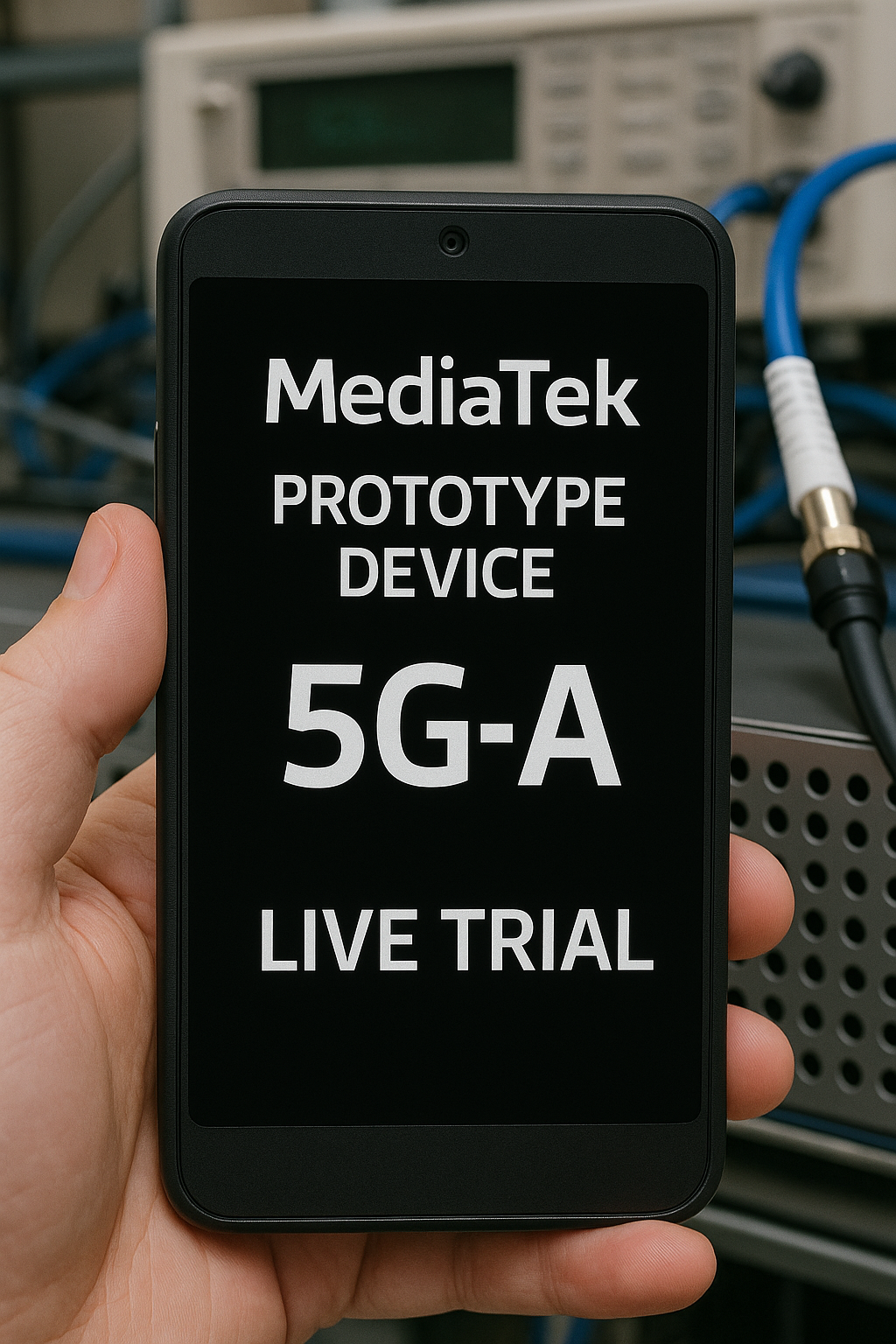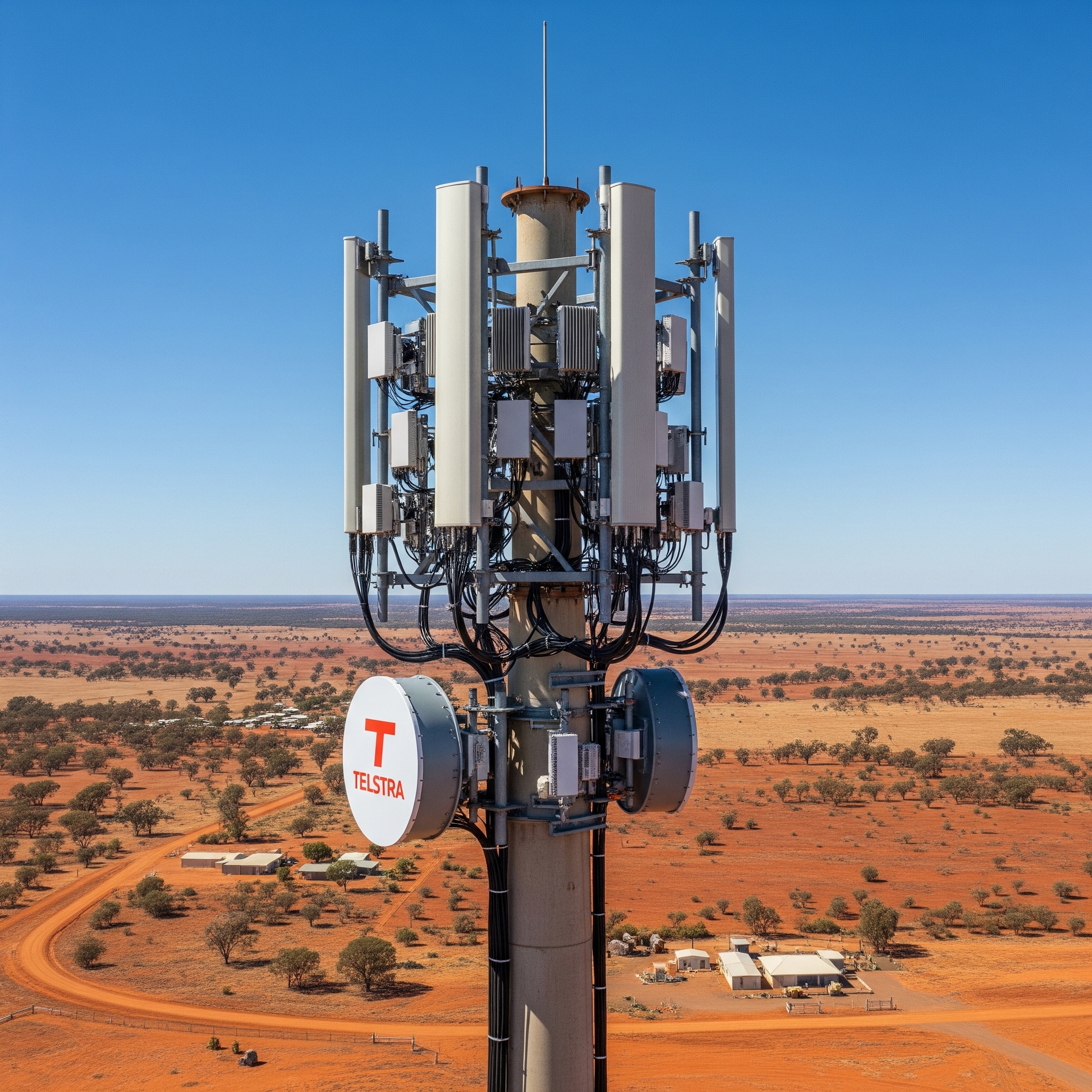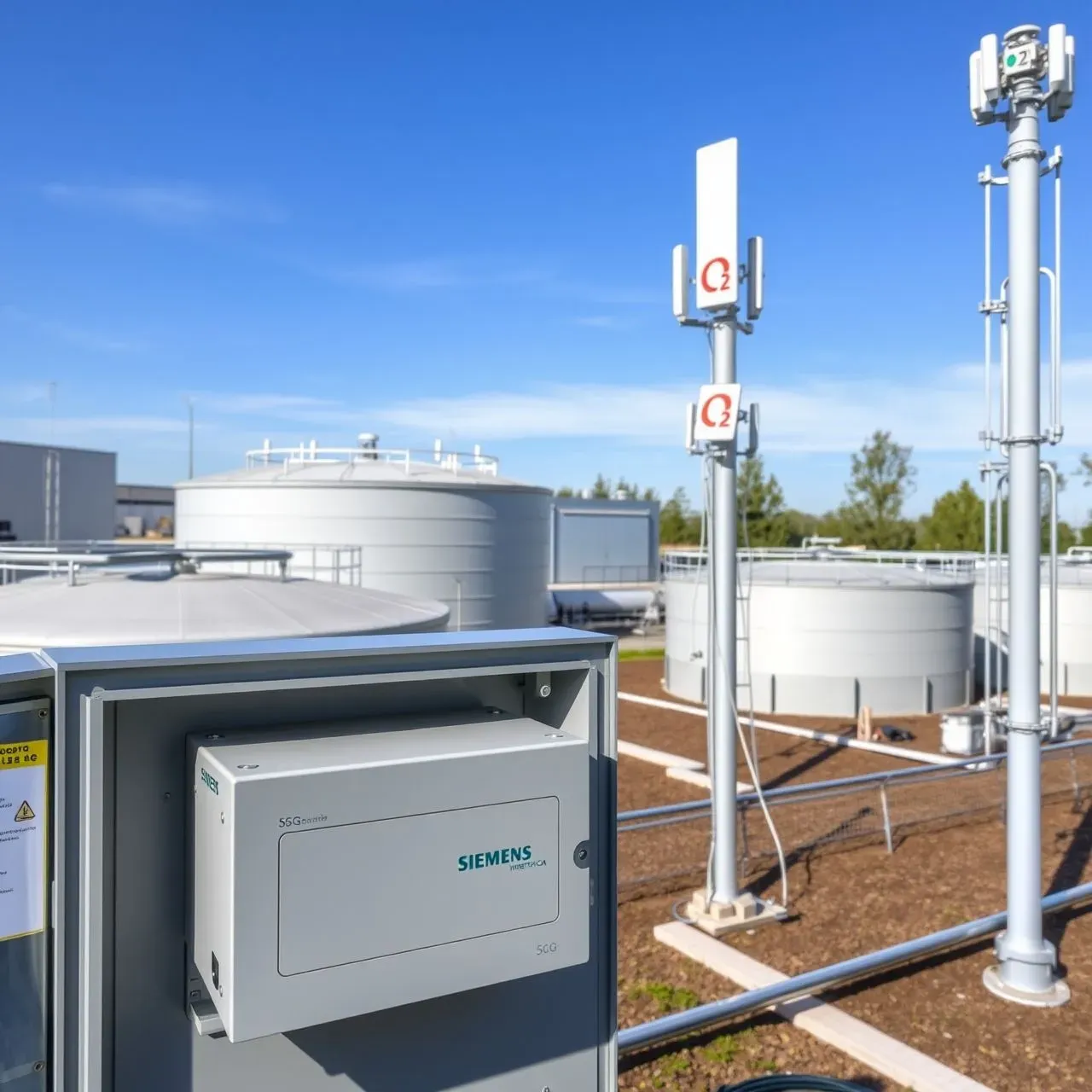The joint demonstration by ZTE, AIS, and MediaTek showcased the transformative potential of UE Aggregation technology. Conducted at the A-Z Innovation Center in Bangkok, the live trial successfully achieved a remarkable threefold improvement in uplink speeds for users at the cell edge. This substantial boost in performance addresses a critical bottleneck for bandwidth-intensive applications such as 4K live broadcasting, extended reality (XR), and immersive metaverse experiences, which demand robust and reliable uplink capabilities.
Traditionally, single User Equipment (UE) devices face inherent limitations in power, spectrum utilization, and channel capacity, particularly in challenging network conditions. UE Aggregation offers a compelling solution by enabling 'Remote UEs' to leverage the spare resources of nearby 'Relay UEs.' This collaborative approach effectively bypasses the constraints of individual devices, paving the way for a truly enhanced mobile broadband experience.






